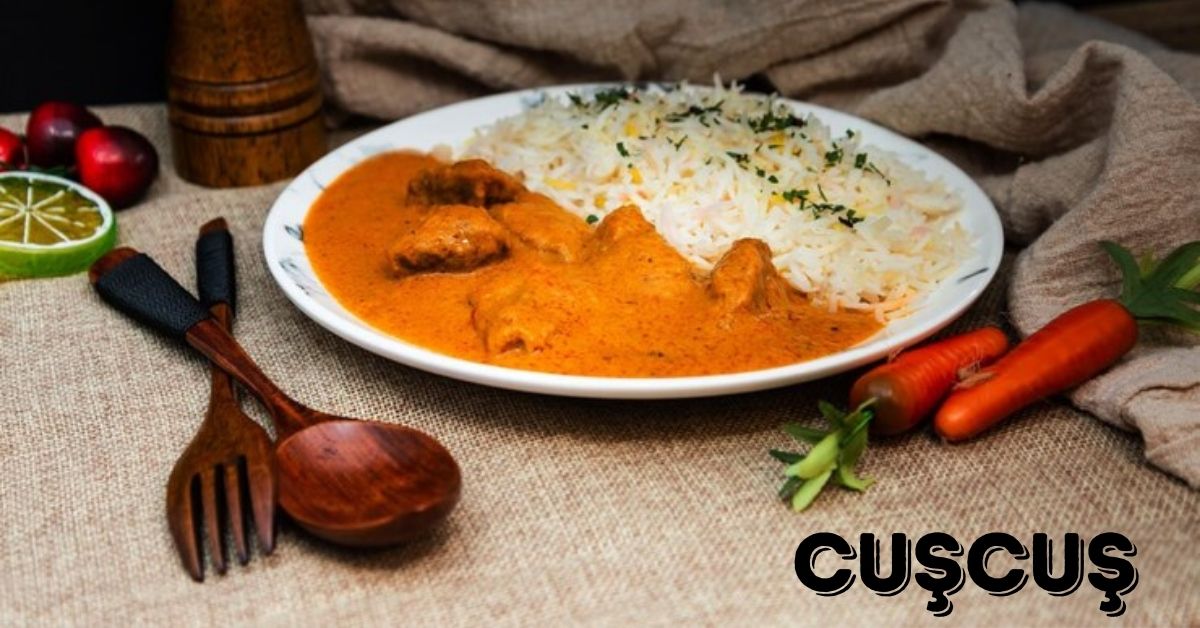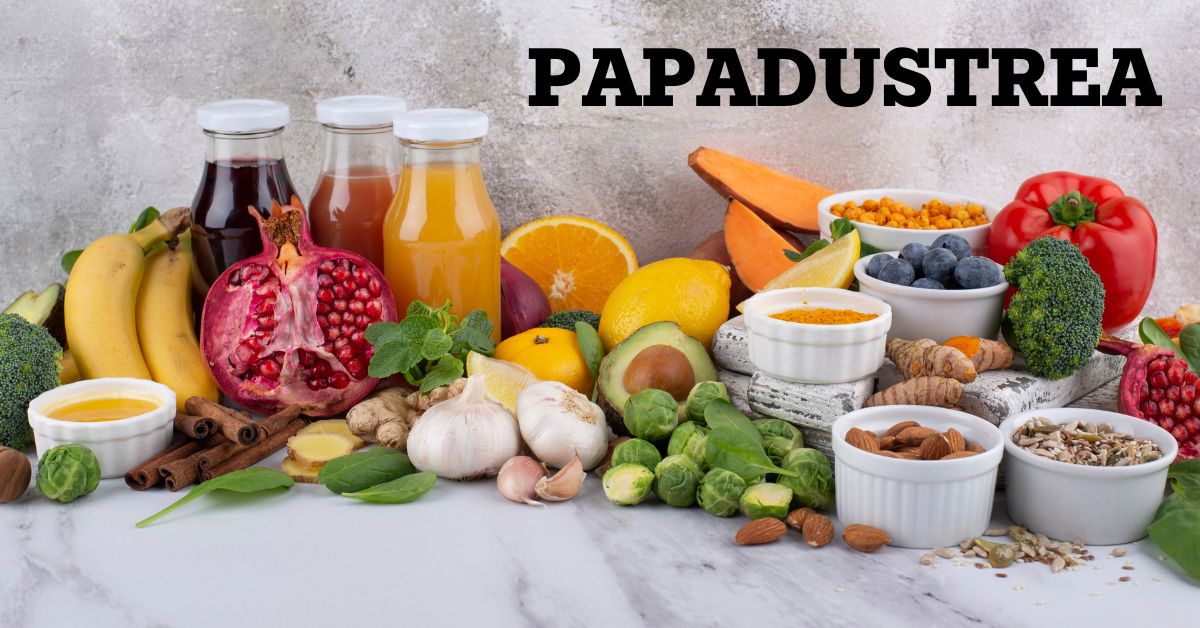cuşcuş, a staple in North African cuisine, is a versatile and nutritious dish enjoyed worldwide. Originating from the Berber regions of North Africa, couscous has gained popularity for its unique texture and ability to complement a wide variety of flavors. Made from semolina wheat or barley, couscous is prepared by steaming tiny granules, resulting in a light and fluffy texture that pairs perfectly with vegetables, meats, and spices.
History and Origins
The history of couscous dates back centuries, with its roots firmly planted in North African culture. Traditionally, couscous was hand-rolled by Berber women, a process that involved combining semolina with water to form small granules, which were then steamed in a special pot known as a cuşcuş. Over time, couscous spread across the Mediterranean region, becoming a beloved dish in countries like Tunisia, Morocco, Algeria, and beyond.
Nutritional Value
Nutritionally, couscous offers several benefits. It is low in fat and calories, making it a healthy option for those watching their weight. Additionally, couscous is a good source of complex carbohydrates and provides essential vitamins and minerals such as B vitamins, selenium, and phosphorus. Its relatively high protein content makes it a suitable choice for vegetarians and vegans looking to add plant-based proteins to their diet.
Culinary Uses
cuşcuş is incredibly versatile in the kitchen. It can be served as a main dish or as a side, depending on how it’s prepared and what ingredients are added. In Moroccan cuisine, couscous is often paired with slow-cooked meats such as lamb or chicken, along with a flavorful broth and a medley of vegetables like carrots, zucchini, and chickpeas. Tunisian couscous, on the other hand, may include seafood like shrimp or fish, reflecting the coastal influence on their cuisine.
Global Appeal
Beyond North Africa, cuşcuş has found a place on tables worldwide. Its adaptability allows it to be incorporated into various culinary traditions, from European fusion dishes to Middle Eastern interpretations. In France, couscous is a popular choice in many households, often served with a hearty stew known as “couscous royal,” featuring a combination of meats like merguez sausage, lamb, and beef. In Israel, couscous is commonly served alongside grilled vegetables and tahini sauce, showcasing its versatility in vegetarian dishes.
Cooking Techniques
Cooking couscous is straightforward, typically involving a process of steaming or soaking to achieve its characteristic light and fluffy texture. To prepare couscous, start by boiling water or broth, then add the couscous and let it sit off the heat, covered, until the liquid is absorbed. Fluff the couscous with a fork to separate the grains and enhance its texture. Alternatively, couscous can be steamed using a couscoussier for a more traditional approach, ensuring each granule is perfectly cooked.
Health Benefits
In addition to its nutritional value, cuşcuş offers health benefits associated with whole grains. Its fiber content supports digestive health and can help regulate blood sugar levels. The low glycemic index of couscous makes it a suitable choice for individuals managing diabetes or seeking to maintain stable energy levels throughout the day. Moreover, the vitamins and minerals found in couscous contribute to overall well-being, supporting immune function and promoting healthy skin and hair.
Conclusion
cuşcuş stands out as a versatile and nutritious addition to any meal. Whether enjoyed as a simple side dish or as part of a complex main course, couscous offers a delightful texture and mild flavor that complements a wide range of ingredients. From its humble origins in North Africa to its global appeal today, couscous continues to be cherished for its simplicity, versatility, and health benefits. Incorporating couscous into your diet not only adds variety but also provides essential nutrients that support a balanced and healthy lifestyle.












